Heat Transfer in an Enclosure Using S2S Radiation CFD: A Fluent Tutorial
Heat Transfer in an Enclosure Using S2S Radiation CFD: A Fluent Tutorial
- Upon ordering this product, you will be provided with a geometry file, a mesh file, and an in-depth Training Video that offers a step-by-step training on the simulation process.
- For any more inquiries regarding the product, please do not hesitate to reach out to us at info@CFDLAND.com or through our online support assistant.
€170 Original price was: €170.€99Current price is: €99.
In many engineering systems, from electronics cooling to building design, understanding how heat moves inside an enclosure is critical. This process involves both natural convection (fluid motion due to temperature differences) and thermal radiation. The balance between these two is strongly affected by the surface properties of the objects inside. A Heat Transfer In an Enclosure Using S2S Radiation CFD simulation is the best way to study this complex interaction. This report details a simulation based on the reference paper, “Coupled radiative and convective heat transfer in enclosures: effect of inner heater–enclosure wall emissivity contrast” [1], to show how changing the surface emissivity completely changes the thermal behavior.
- Reference [1]: Saravanan, S., and N. Raja. “Coupled radiative and convective heat transfer in enclosures: effect of inner heater–enclosure wall emissivity contrast.” Physics of Fluids 32.9 (2020).
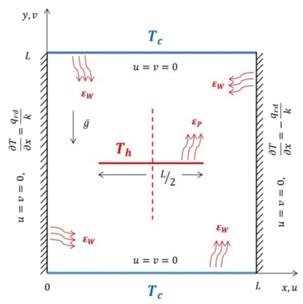
Figure 1: The physical setup of the horizontally cooled enclosure from the reference study [1].
Simulation Process: Modeling the Heat Transfer In an Enclosure Fluent Simulation
The simulation was performed in ANSYS Fluent using a simple 2D square domain with a heater at the bottom. The domain was filled with a structured grid to ensure accurate calculations. The key to this simulation is the Surface-to-Surface (S2S) radiation model. This model is perfect for Enclosure Heat Transfer CFD because it calculates the radiative heat exchange between all surfaces that can “see” each other.
Two distinct cases were simulated to understand the effect of surface properties:
- Positive Contrast: The heater has high emissivity (ϵ = 0.8), and the walls have low emissivity (ϵ = 0.1).
- Negative Contrast: The heater has low emissivity (ϵ = 0.1), and the walls have high emissivity (ϵ = 0.8).
Post-processing: CFD Analysis, How Emissivity Contrast Controls Heat Transfer
The simulation results provide a clear and fully substantiated story that begins with radiation, which is the “cause” of the dramatic differences between the two cases. In the Positive Contrast case, the heater has a high emissivity (0.8), making it a very powerful radiator. It efficiently beams thermal energy outward into the enclosure. The walls, with their low emissivity (0.1), are poor absorbers and reflectors, so this radiated heat effectively warms the entire volume of air. This is proven by the temperature contour in Figure 2 (right), which shows the enclosure is filled with warmer, greenish air (around 306K). In the Negative Contrast case, the roles are reversed. The heater is a weak radiator (0.1), struggling to release its energy. The walls, however, are now highly emissive (0.8), meaning they are good at absorbing and re-radiating heat. This creates a situation where heat is not effectively distributed, and the enclosure as a whole remains much cooler, as seen in the mostly blue contour on the left (around 300K).

Figure 2: Temperature fields from the Heat Transfer In an Enclosure CFD simulation for Negative Contrast (left) and Positive Contrast (right) cases.
This fundamental difference in radiative behavior has a direct and powerful “effect” on the fluid motion inside the enclosure. The widespread heating in the Positive Contrast case creates strong buoyancy forces over a large area. As the air gets warmer, it rises, pulling cooler air from the bottom. This creates a strong and complex natural convection pattern, with a powerful plume rising from the center and multiple circulation cells forming, which is clearly visible in the velocity plot in Figure 3. In contrast, the localized heating in the Negative Contrast case creates much weaker buoyancy forces. Only the air very close to the heater gets warm enough to rise, leading to a much slower and simpler two-cell circulation pattern. The most significant achievement of this S2S Radiation CFD analysis is the clear demonstration that surface emissivity does not just influence temperature locally; it fundamentally dictates the entire structure and intensity of the coupled convective flow (the effect) by controlling the initial radiative heat distribution (the cause), a critical insight for designing any enclosed thermal system.
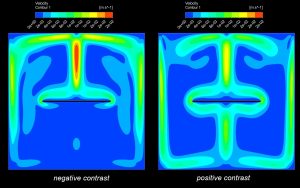
Figure 3: Velocity patterns from the S2S Radiation Fluent simulation, showing the different convective structures for each case.
We pride ourselves on presenting unique products at CFDLAND. We stand out for our scientific rigor and validity. Our products are not based on guesswork or theoretical assumptions like many others. Instead, most of our products are validated using experimental or numerical data from valued scientific journals. Even if direct validation isn’t possible, we build our models and assumptions on the latest research, typically using reference articles to approximate reality.
Yes, we’ll be here . If you have trouble loading files, having technical problems, or have any questions about how to use our products, our technical support team is here to help.
You can load geometry and mesh files, as well as case and data files, using any version of ANSYS Fluent.
€265 Original price was: €265.€135Current price is: €135.

€295 Original price was: €295.€175Current price is: €175.

€360 Original price was: €360.€185Current price is: €185.

€320 Original price was: €320.€175Current price is: €175.

€240 Original price was: €240.€115Current price is: €115.

€245 Original price was: €245.€185Current price is: €185.



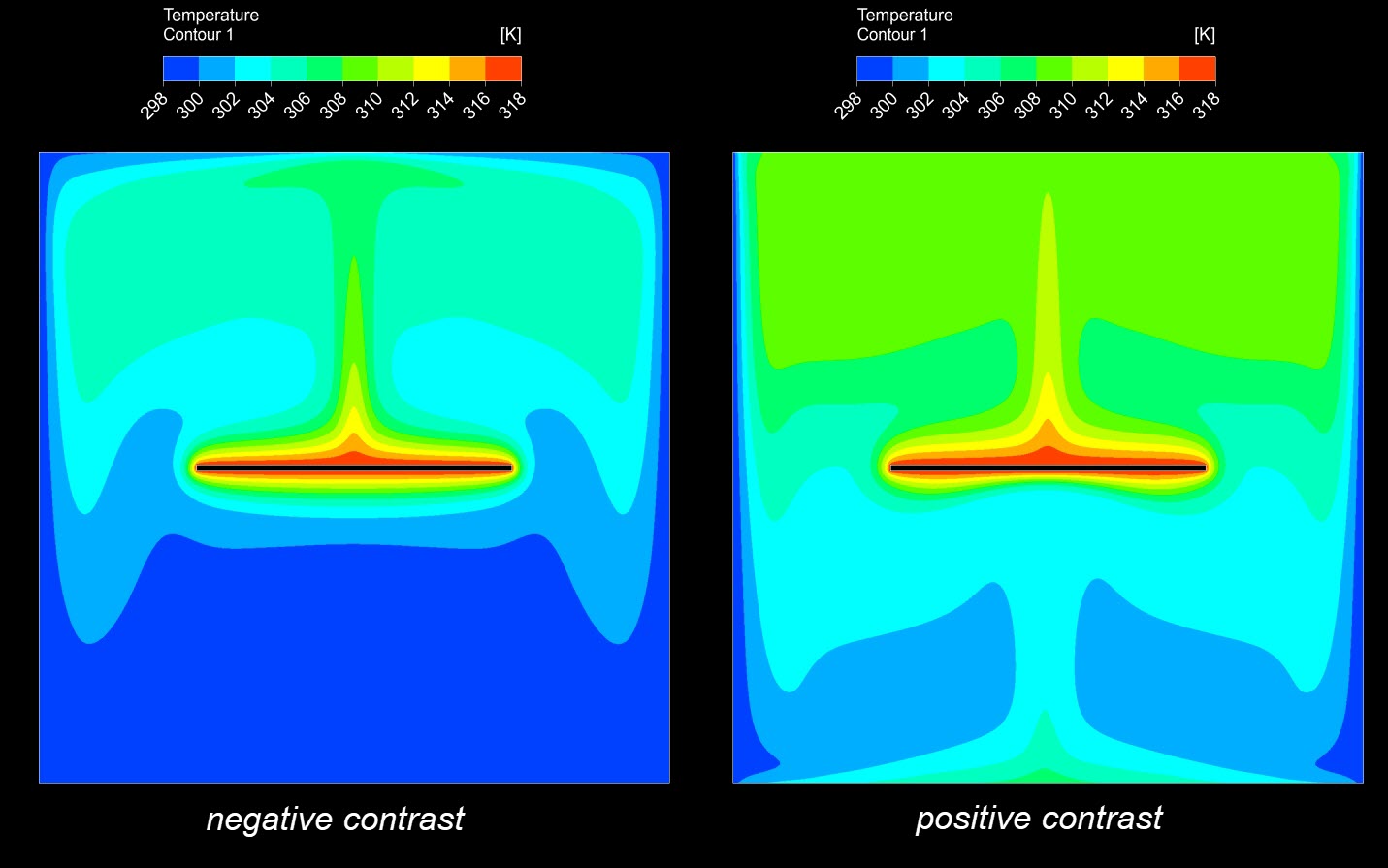
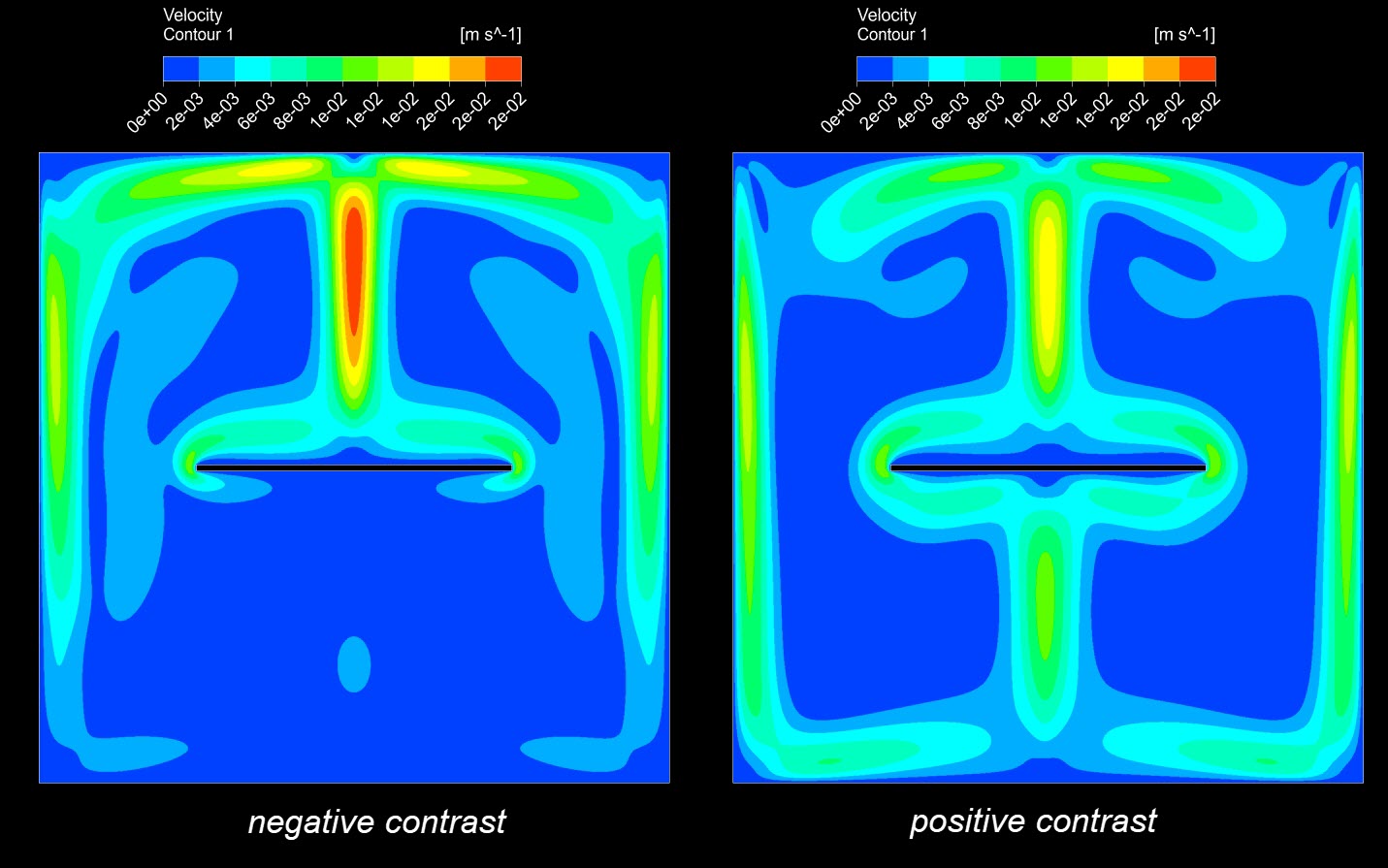
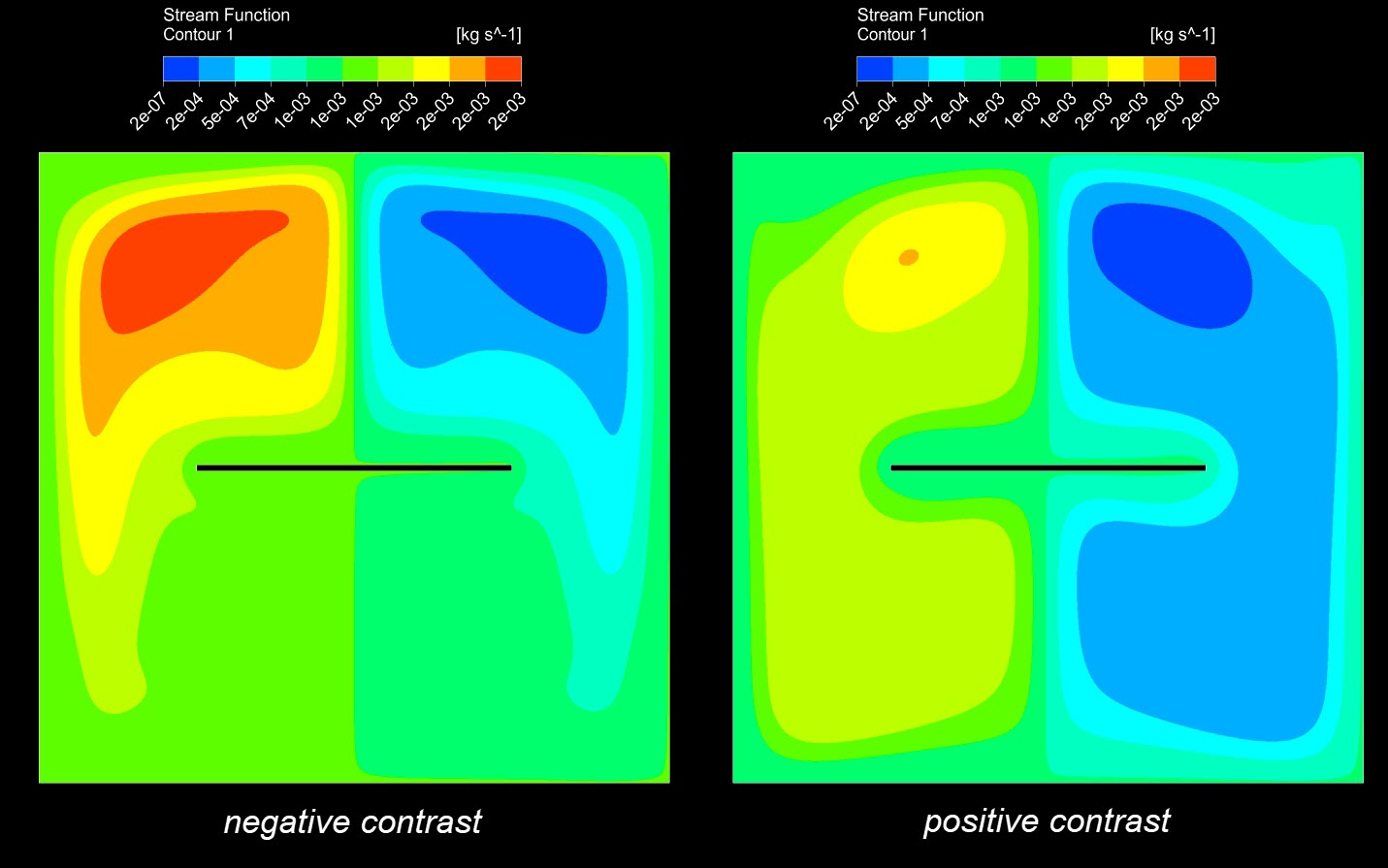

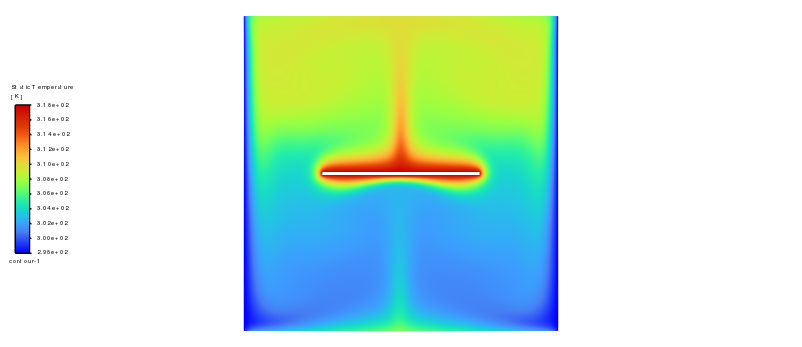
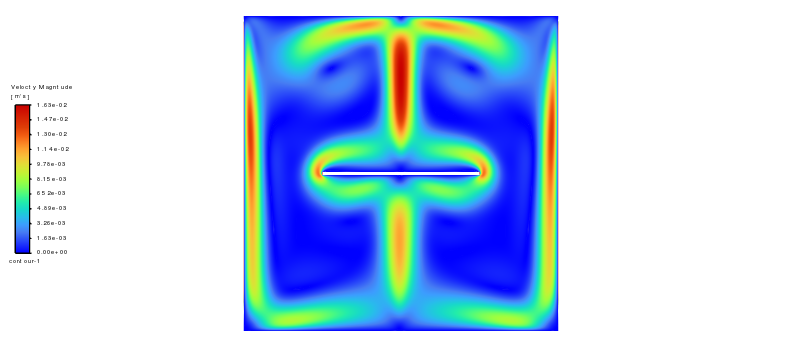





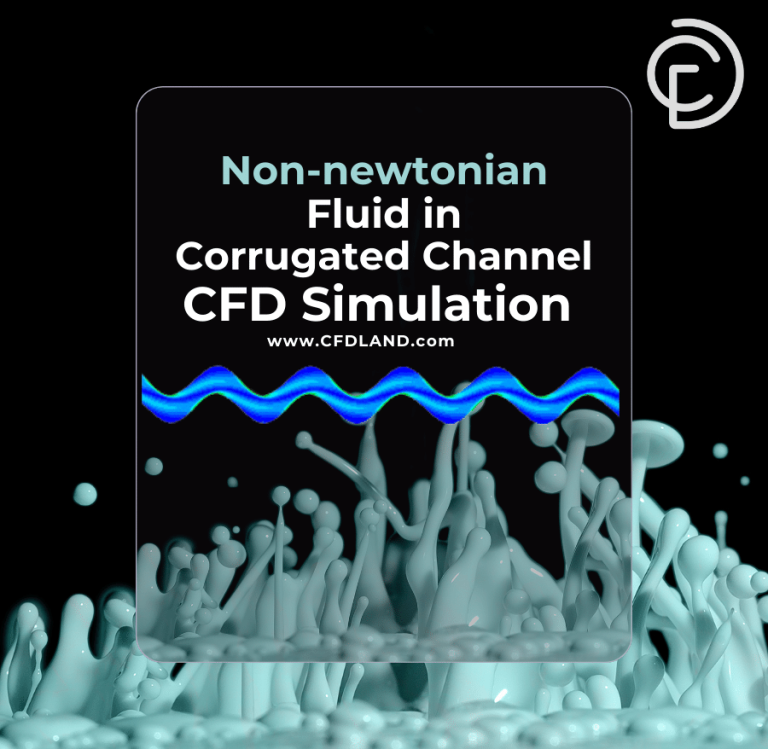
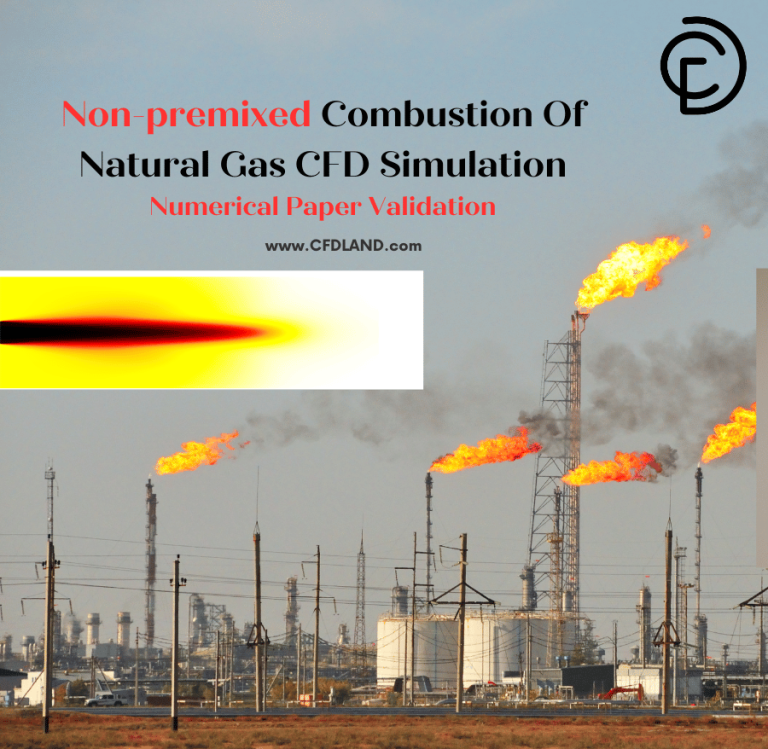
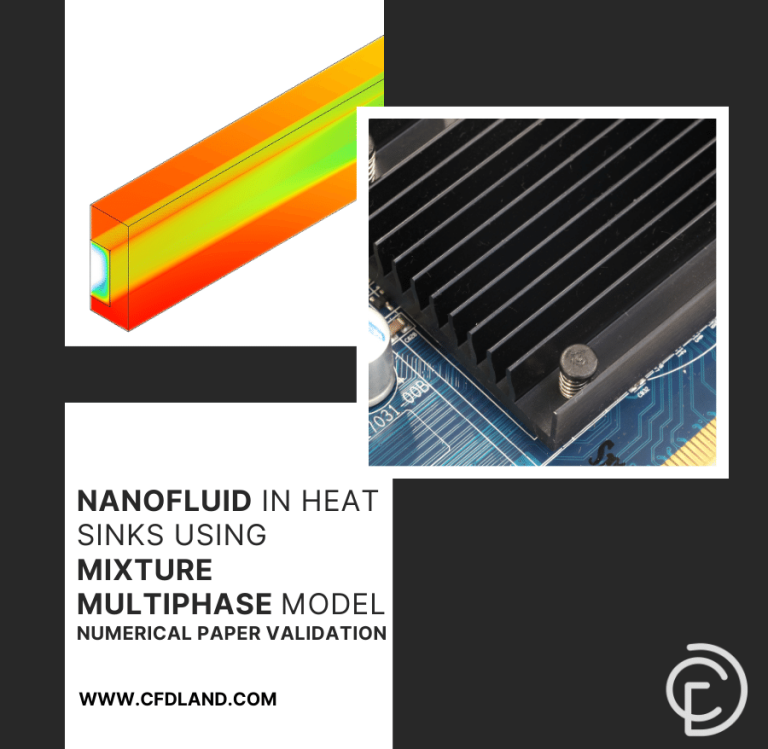
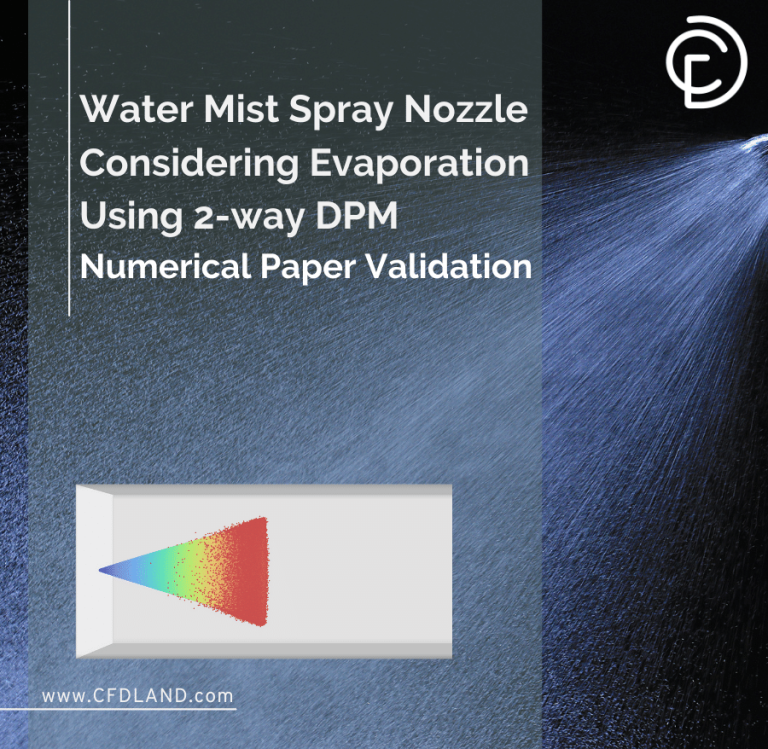
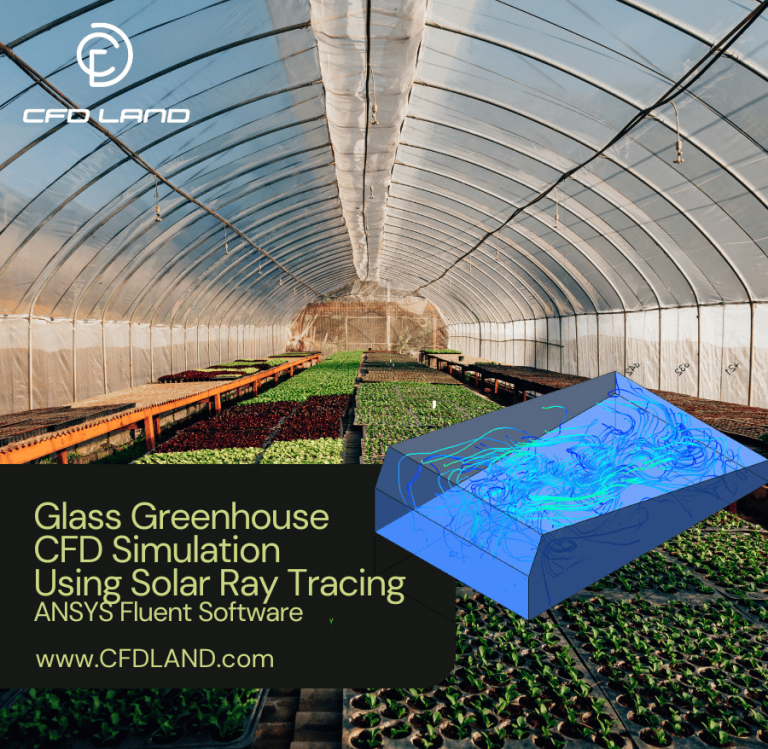
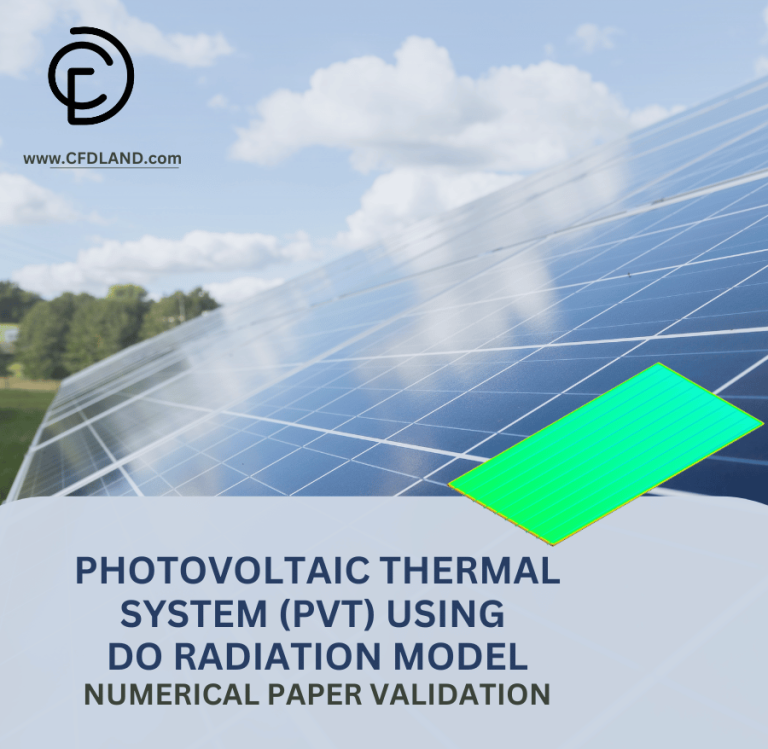
Reviews
There are no reviews yet.